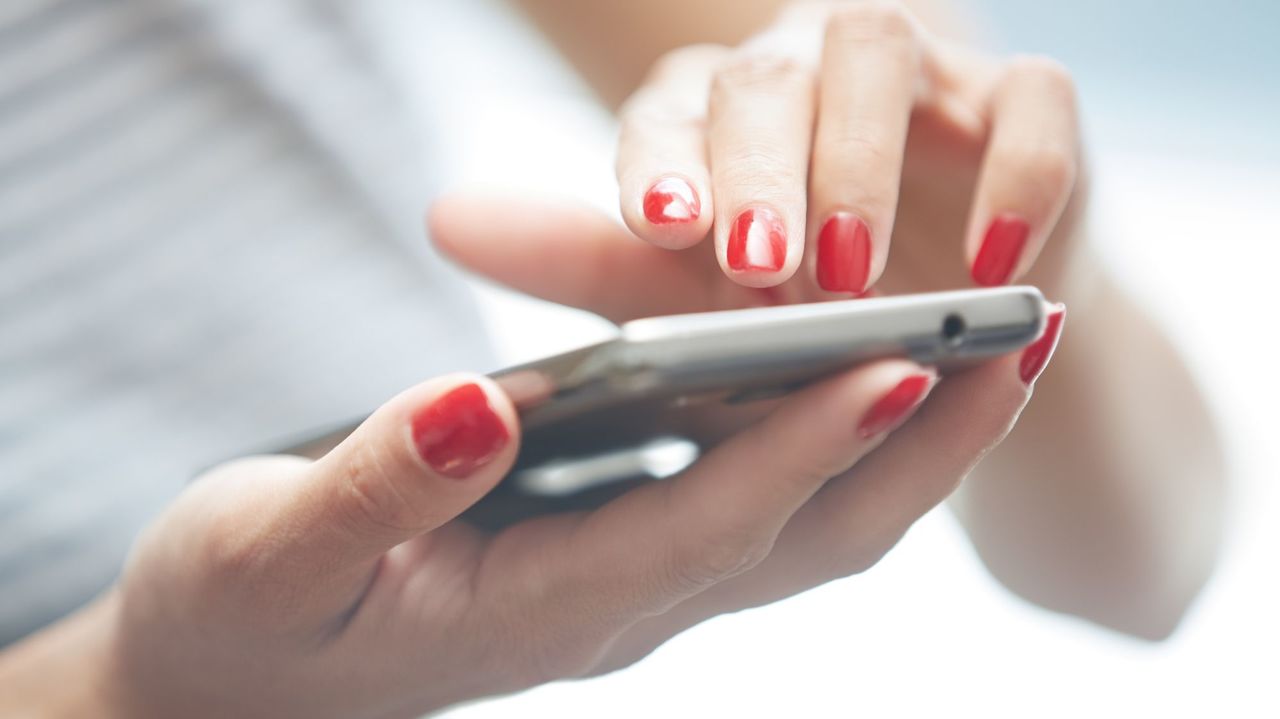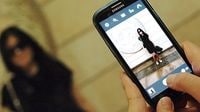
To begin a discussion about smartphone in the year 2016, it is important to note that the smartphone (as a technological device) has evolved to such a degree that it is no longer merely a cell phone that can do a few other things (email, text message, or take a picture). A smartphone today is more like a very versatile, hand-held computer that just so happens also makes telephone calls if you need to.
Newer smartphones currently available on the market weigh on average 150 - 200g, possess a high resolution digital camera, video recorder, visual display, as well as various other input sensors (touch, visual, infrared, barometric and motion).
They can store gigabytes of information, connect remotely to virtually any information network (wireless, cellular, etc.,) and host hundreds of useful applications. In many ways, the modern smartphones resemble your home or workstation computer, providing comparable computing power in a device that can be easily taken with you wherever you go.
To the average consumer, with a seemingly endless catalog of available applications for smartphones, here are the top nine lesser known capabilities of your average smartphone:
Number 1: Your smartphone can save your life
Smartphones have literally saved people's lives. There have been numerous cases of people becoming stranded, injured, kidnapped or rendered unconscious and were subsequently found by search parties because of a phone locator application loaded on their personal device. This alone makes smartphone essential safety gear while travelling or vacationing.
Additionally, programs like iTriage or DocGPS have provided life-saving medical information during emergencies, directions to closest medical facilities and can even provide CPR or First Aid instruction to Good Samaritans or rendering assistance and the scene of an accident.
Number 2: Your smartphone digital assistant is ready day or night
Another often overlooked function of today's smartphones is the always on digital assistant. Programs like Siri or OK Google, are always listening and available to assist you, whether it is to search for information, write down dictation, make telephone calls, manage appointments, email appointment reminders and so on. While the digital assistant function continues to be further developed and customized by smartphone developers such as Apple and Google, the existing voice activated capabilities today are very impressive for a portable device.
Number 3: Your smartphone can augment reality
Almost everywhere you go today, the world is broadcasting massive amounts of information into the invisible world of cyberspace. The best places to eat, best shopping, movie times, train station locations, hotels availability, travel information, customer reviews, and distance to destination, are all being tracked, cataloged and available for reference via smartphone visual applications. From your location, right now, the screen on your personal device is capable of displaying all sorts information. Programs like the Yelp App and Junaio, can capture what your phone see's with the camera and overlay useful information in real time.
Combined with the geo-location information on your smartphone and you can literally walk around the real world with access to the 'digital' footprint created in Cyberspace. Additionally, programs like Youmail, Google Voice can turn your voicemail into an interactive function, sending you text copies of your voicemail and personalizing how your voicemail suite interacts with callers.
Number 4: Your smartphone is now a bank
Amazingly, smartphones have seemingly come along way. In the past, access to money via accounts was often limited to credit cards, debit cards, checks, and wire transfers. Now however, thanks to applications such as the Venmo and Western Union, you are able to readily and securely send money instantly from your own phone. With the growing use and acceptance of broader programs such as Google Wallet for example, it is only a matter of time before additional financial services become available to the world-wide network of smartphone users.
Number 5: Your smartphone controls the home
Many of the common infrared devices in the home (TV, light, thermostat and stereo) can now be controlled via a single device--your smartphone. Through the use of infrared apps such as Google Play's IR Universal Remote, and a newer smartphones equipped with a built in IR Blaster, you can toss the rest of your controllers in storage and command everything from a single piece of hardware.
Number 6: Your smartphone can 'digitally' listen to your heartbeat
Another impressive byproduct of the rise of smartphones is the use of health and fitness tracking via your personal device. Incorporating wireless devices such as Microsoft Band, Nike's Fuelband and Zephyr Heart Rate monitor, you can now continuously monitor your physical activity, heart rate, time spent sleeping, distance traveled, and so on. The diagnostic information can also be expanded (with additional wireless monitoring devices) to include such things as monitoring your weight, blood pressure, blood glucose and so on.
Number 7: Your smartphone can be your eyes and ears
Because the smartphones can connect us to cyberspace, no matter where you go, or what you are doing, it is now possible to remotely monitor your home, your apartment, any location with network access, 24 hours a day, seven days a week.
Streaming video and sound applications such as 'Nest Cam', allow you to remotely observe and listen at any location via small digital cameras. The sophisticated sensors allow the camera to send alerts to your smartphone when particular sound or movement is detected and the continually streaming service means that you can record, playback or observe the location in real-time.
Number 8: Your smartphone is like aircraft radar (Sort of)
Perhaps the most amazing advance with today's current generation of smartphones is the built-in camera technology incorporated in virtually all devices. Essentially, by using applications such as Hudway, Smart Distance and Speed Gun, your personal device can accurately measure distance and speed of objects as well as project a virtual 'Heads Up Display' while driving of the road path during periods of poor visibility.
Number 9: Your smartphone is a James Bond gadget
A common gadget often captured in Cold War spy movies was the use of a small hand held camera capable of taking accurate, detailed pictures of classified documents. Fast forward to today and your average smartphone is now capable of doing virtually the same thing.
Thanks to the high-resolution, multi-mega pixel digital camera and applications such as Cam Scanner and Google Drive Document Scanner, you can now instantly make electronic PDF copies, stored in cyberspace, from almost any document you can take a picture of. Just think of it...your smartphone is now capable of turning you into a secret agent.



